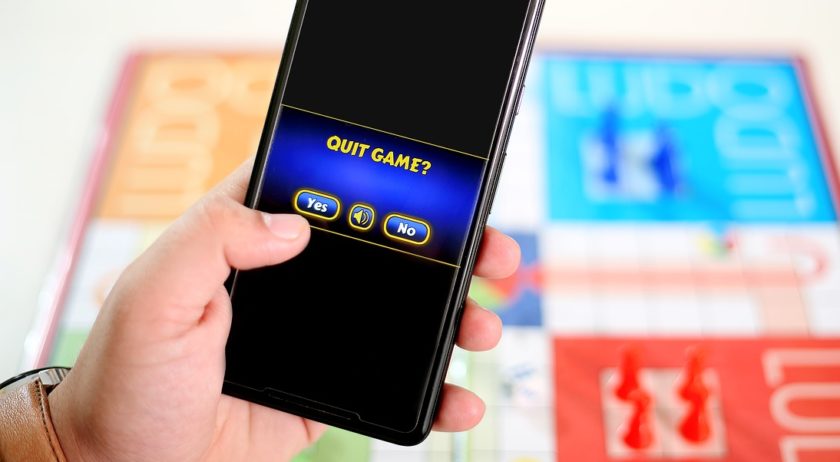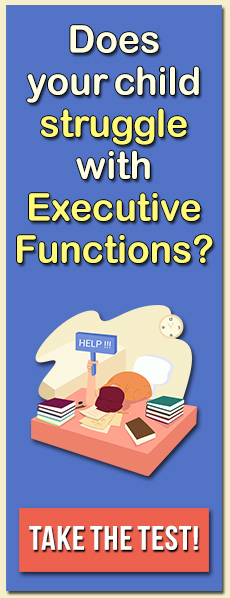Many parents are concerned about how much time their kids spend with screens and wonder if screen time is healthy for their children. Parents frequently express concerns that their kids are not engaged in the type of activities they did as children, such as going outside to play with friends, reading books, or engaging in the arts. Interestingly, many parents are also concerned about the amount of time they themselves spend in front of screens and question whether playing video games with the kids will only make matters worse. Nonetheless, when parents ask me if they should play video games with their kids I give an emphatic “YES!” but in addition tell them that they should also play board games, sports, or other games, because play is how kids learn. It is very simple: playing with your kids helps them to learn, and the more you play with them, the more they will get from their game play.
While parents should not be their kids’ only playmates, parents, educators, and older siblings can be mediators who help transform play time into learning time. Playing video of other types of games with your kids amplifies the opportunity to learn from play. Parents can help children take what they doing in game play and transfer it to the real world. This process of “generalization” of game-based skills to real-world learning can take place in a variety of different forms of play. Unfortunately, many parents are reluctant to engage in video play with their kids, therefore wasting the opportunity to transfer common game-based skills such as planning, organization, and flexibility to day-to-day problems.
The following is an excerpt from my book, Playing Smarter in a Digital World, that focuses on generalizing game-based learning into real-world skills. If you’d like to learn, more pick up a copy of the book at Amazon.
Jimmy, a 6-year-old first grader, is spending a week with his grandparents during summer vacation. His grandmother is an avid game player who loves to play board and card games and has been teaching Jimmy how to play checkers. At first she just explains the rules to him and guides him about what to do. Later as they are playing, instead of allowing him to win she beats him but verbalizes her moves and her rationale for making those moves. Jimmy learns quickly, and by the end of the week is beating his grandmother on a regular basis (although she might not always be trying her hardest). He has mastered some of the basic strategies, is able to verbalize critical-thinking skills that he uses, and has sometimes been able to use planning skills to set up his grandmother for double or triple jumps. His grandmother has also noticed that he has started to use some of the same type of problem-solving and thinking skills in playing gin rummy and other card games.
Emma is a 9-year-old third grade student who has just signed up to play recreational basketball in her town league. She hasn’t played very much before but is an active child who enjoyed being on a soccer team in the past. Her dad is thrilled that she wants to play basketball, as it is one of his favorite sports, and he is looking forward to teaching her how to play. They go to a playground, and he starts by working with her on shooting layups, describing to her that she wants to lift the leg that is on the side that she shoots with when going for a layup. He works on this on a step-by-step basis in which he shows her how to do it and then gives her the ball, and she does the same thing as he does. Later he encourages her to do 10 layups in a row, then he takes 5 and has her observe what he is doing. Throughout their time together he watches and coaches what she does and gives her occasional feedback about things that she could improve.
Practice pays off. When Emma’s team starts to play in the league she knows how to make a layup. She still needs work on shooting from outside and playing defense but is very proud of her new skills. For her parents, her smile after making her first basket in the game is priceless.
Ethan is an 8-year-old third grade student who loves to play and talk about video games. His parents allow him to play video games after he has completed his homework and spent some time outdoors playing with his friends. He plays in the family room, so his parents frequently observe him being very animated while playing.
For the most part Ethan’s parents check in but do not interact with him during gameplay. Ethan enjoys playing Mario games, including New Super Mario Bros. U and Super Mario 3D World. He often talks to his parents about his achievements in the game, as well as his frustrations. His parents are patient listeners but have very little to say. Occasionally he makes a connection between a strategy he used in one game and something he is applying in his newest game.
The preceding three stories share an important characteristic of children engaged in and enjoying their play. However, the role of the adults in these scenarios is quite different. In the first two, the adults are engaged, modeling and taking on the role of coaches or teachers. They help the children identify the skills they need to be successful in their gameplay and to think about how those skills might help them get better at the games and at other activities in their lives. They also use the games as teaching tools and help the children learn how to connect what they are doing in the games in a way that might help them in their daily activities. In the third example, the parents may be interested but do not know how to engage and participate in their child’s play. If anything, their child knows more about gameplay than they do and is simply informing them about what he is doing. In this case, his parents are present but not true observers or participants in the play.
While some might argue that video-game play is not conducive to interacting and engaging together, most video games are now structured so that some type of social interaction is possible. Over 70% of gameplay is social, either by playing physically together or being online at the same time, competing or cooperating on social games, or handing a tablet back and forth between two players who are engaged in the same game. Even this most limited interaction is not any different from when Emma’s father demonstrated to her how to play basketball while they were taking turns in shooting. The same can be done with a video game.
In today’s world it is very common for parents to be less involved in their children’s video-game play than they are in other activities. Our data from LearningWorks for Kids studies are consistent with research compiled by Douglas Gentile and colleagues and what was seen in the Kaiser Foundation 2010 study that indicated that only about a third of parents are engaged in video-game play with their children. For the most part ,parents leave kids to themselves when it comes to their technologies, thinking either that there is not much to be learned from their video and app gameplay or that they know too little to help them make it into a learning experience.
Just as many children do not automatically step back and think about the skills they used in playing a game of checkers or learn how to apply these strategies to other games and activities, the same can be said for video-game and app play. This is particularly important for children who struggle to learn in a traditional setting simply by observing and modeling, such as those with learning, attention, and social difficulties. It is incumbent upon parents and educators to recognize that video-game play affords some of the same opportunities for learning that can be seen in more traditional play. More importantly, parents and educators need to become knowledgeable about, adept at, and willing to use children’s video-game play (which they spend far more time doing than playing board games and doing other activities) as a tool for their learning.
Learn more about making game-based learning into real world skills in these articles:
Generalization and Game-Based Learning
How to Improve Game-Based Learning With Generalization





